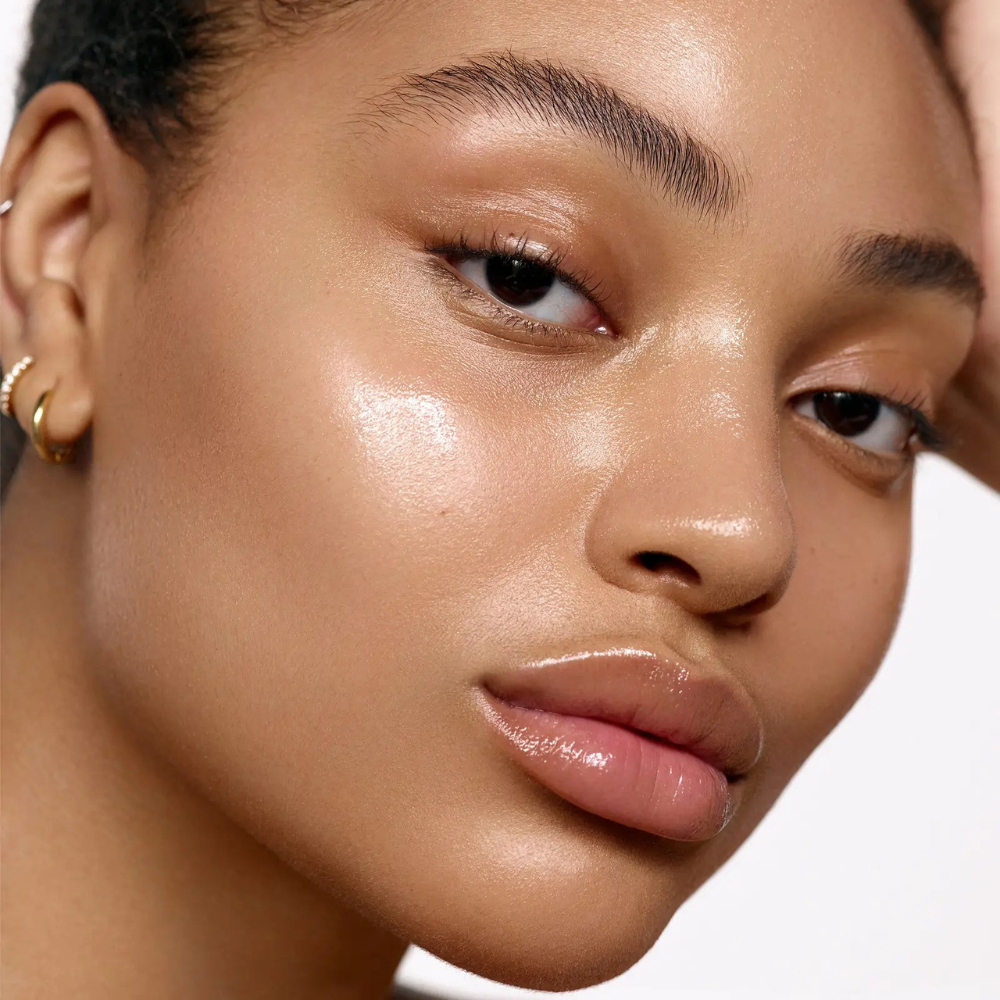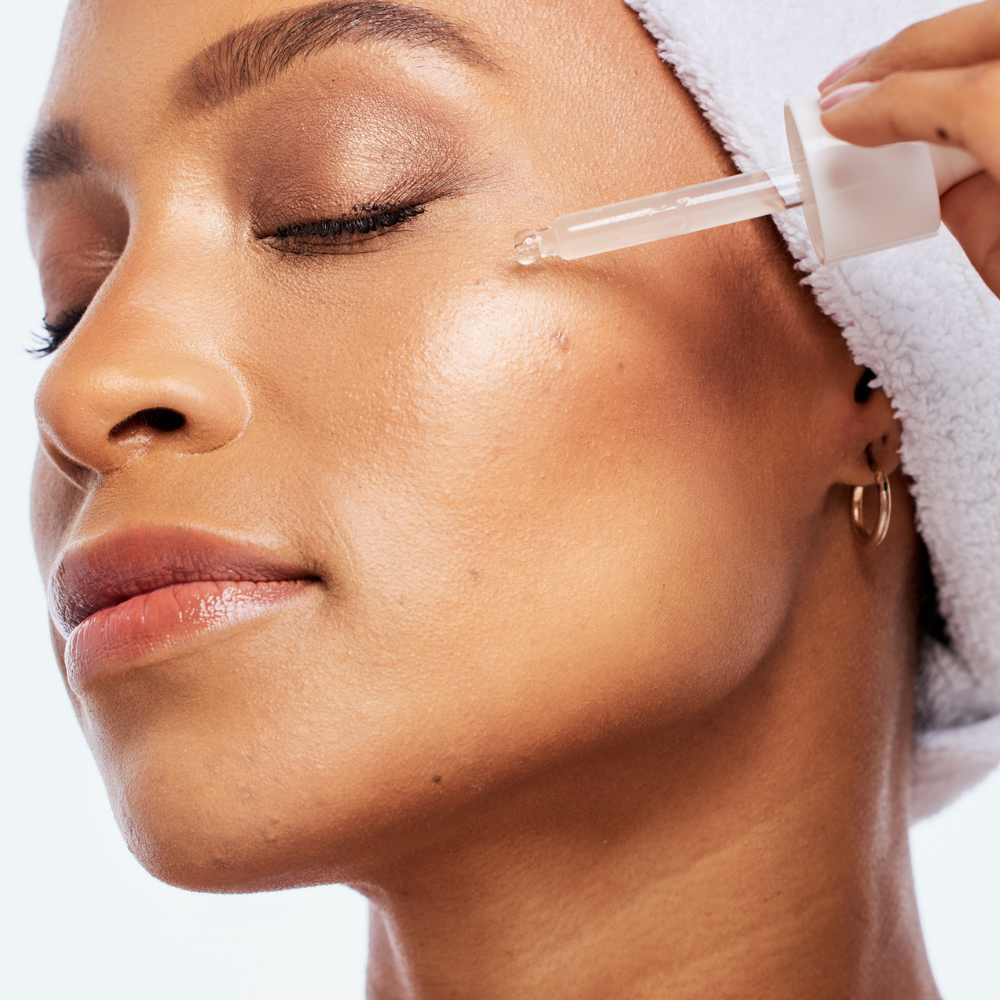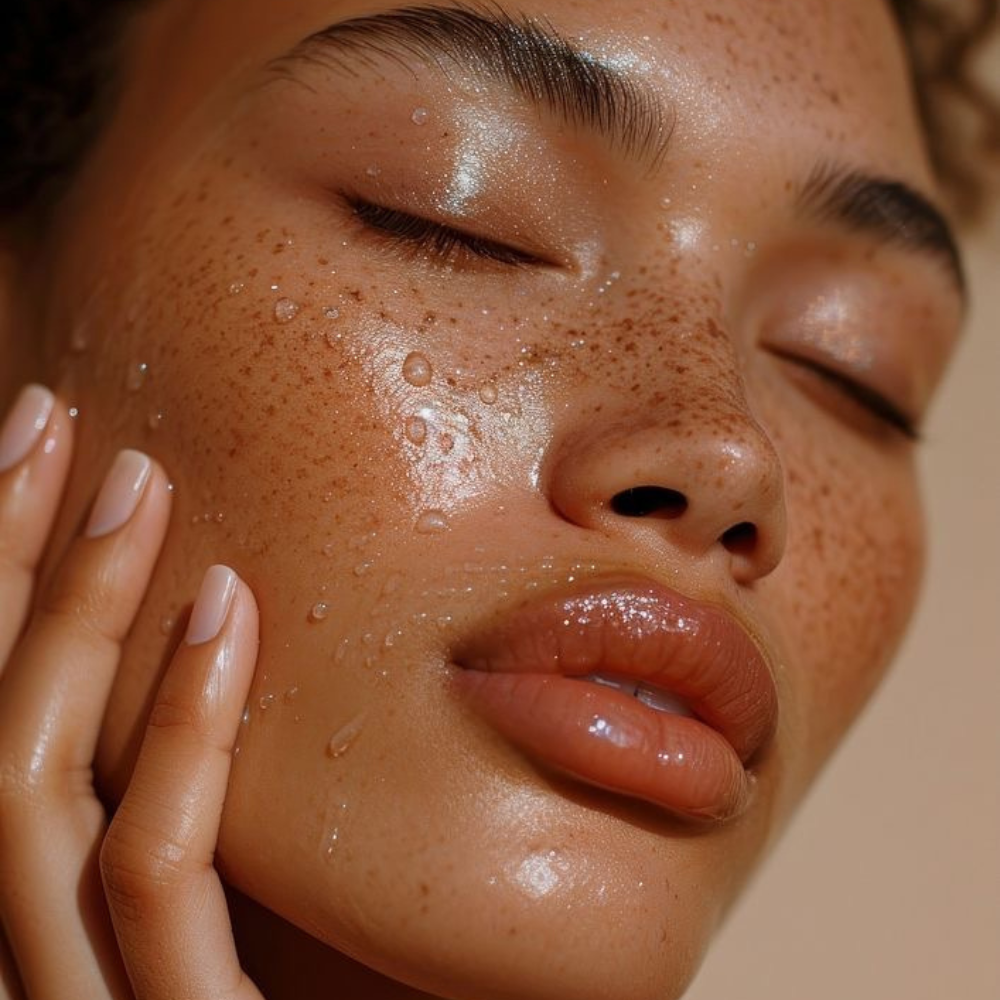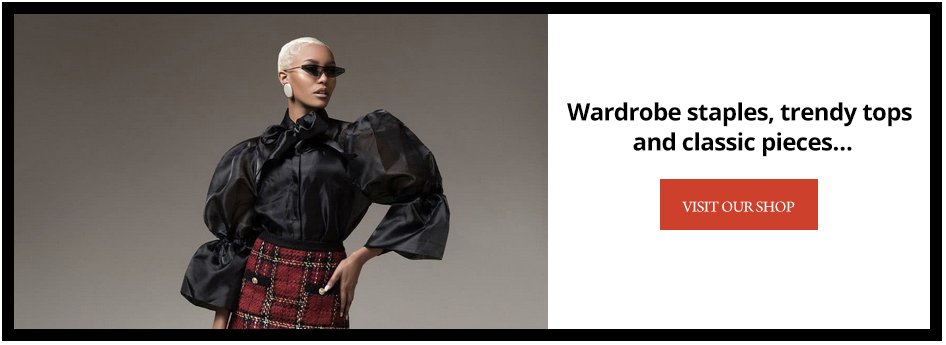What You Should Know Before Getting Under-Eye Fillers
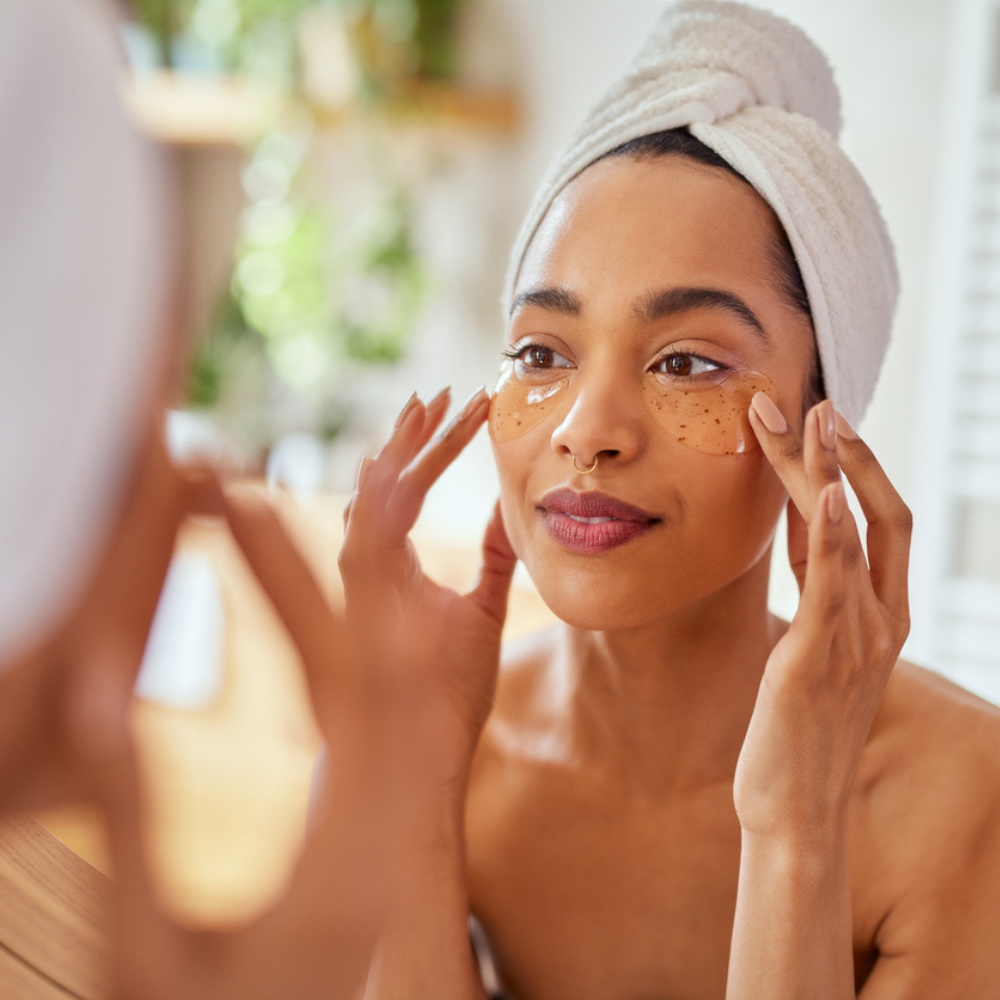
A creative writer with a voracious appetite for fashion, beauty,…
Under-eye fillers offer a quick and effective way to address dark circles, hollowness, and tired-looking eyes. While the results can be impressive, it’s important to understand the procedure, potential risks, and what to expect before committing. These fillers, often made of hyaluronic acid, work by restoring lost volume and reducing shadows under the eyes. The treatment is minimally invasive, with little to no downtime, making it a popular choice for those looking to refresh their appearance. However, as with any cosmetic procedure, proper research and consultation with a qualified professional are crucial.
What is an under-eye filler?
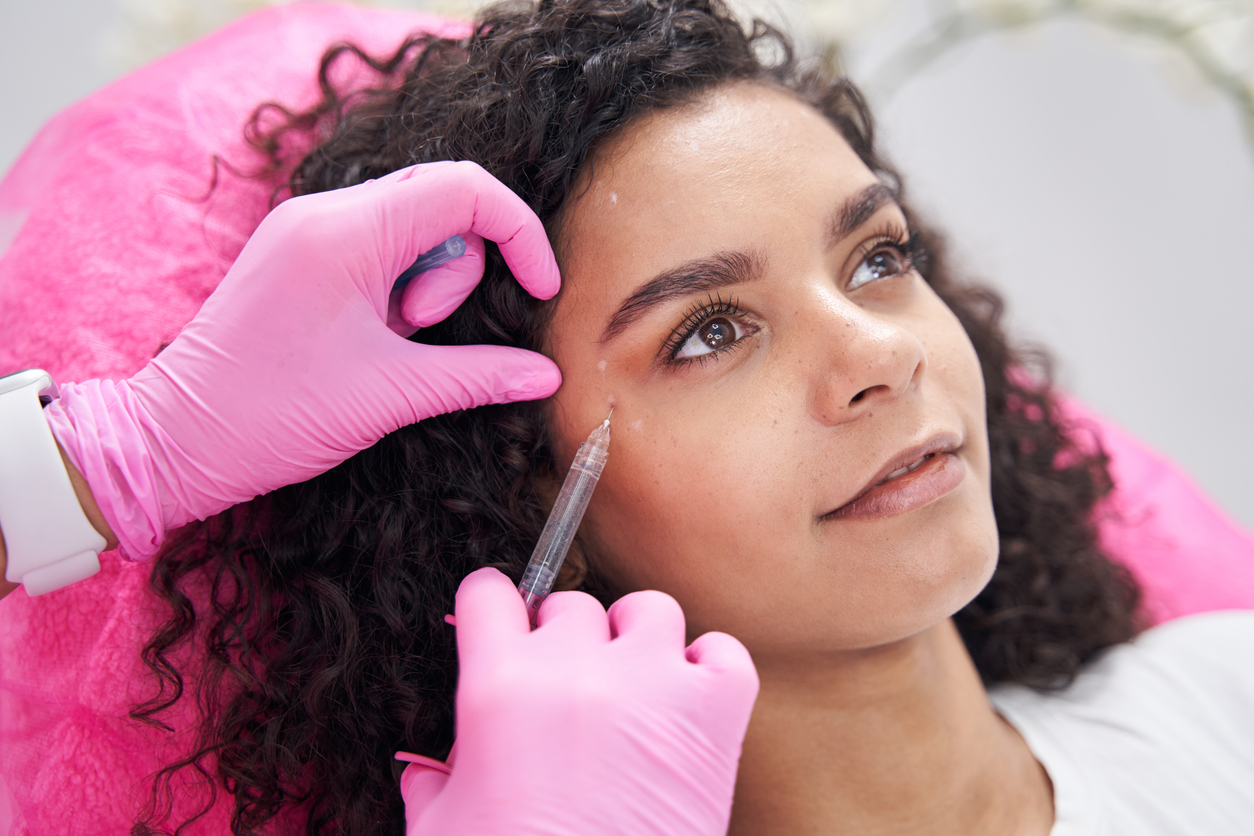
Under-eye fillers are injectable dermal fillers, typically formulated with hyaluronic acid (HA), a substance naturally found in the skin. This treatment helps restore lost volume, smooth out hollows, and reduce the appearance of dark circles and shadows, resulting in a more youthful and refreshed look.
Because HA-based fillers are biocompatible and reversible, they are among the safest options for under-eye rejuvenation. Common brands include Restylane, Juvederm, and Belotero, each offering different consistencies suited for delicate under-eye skin.
Who should consider this procedure?
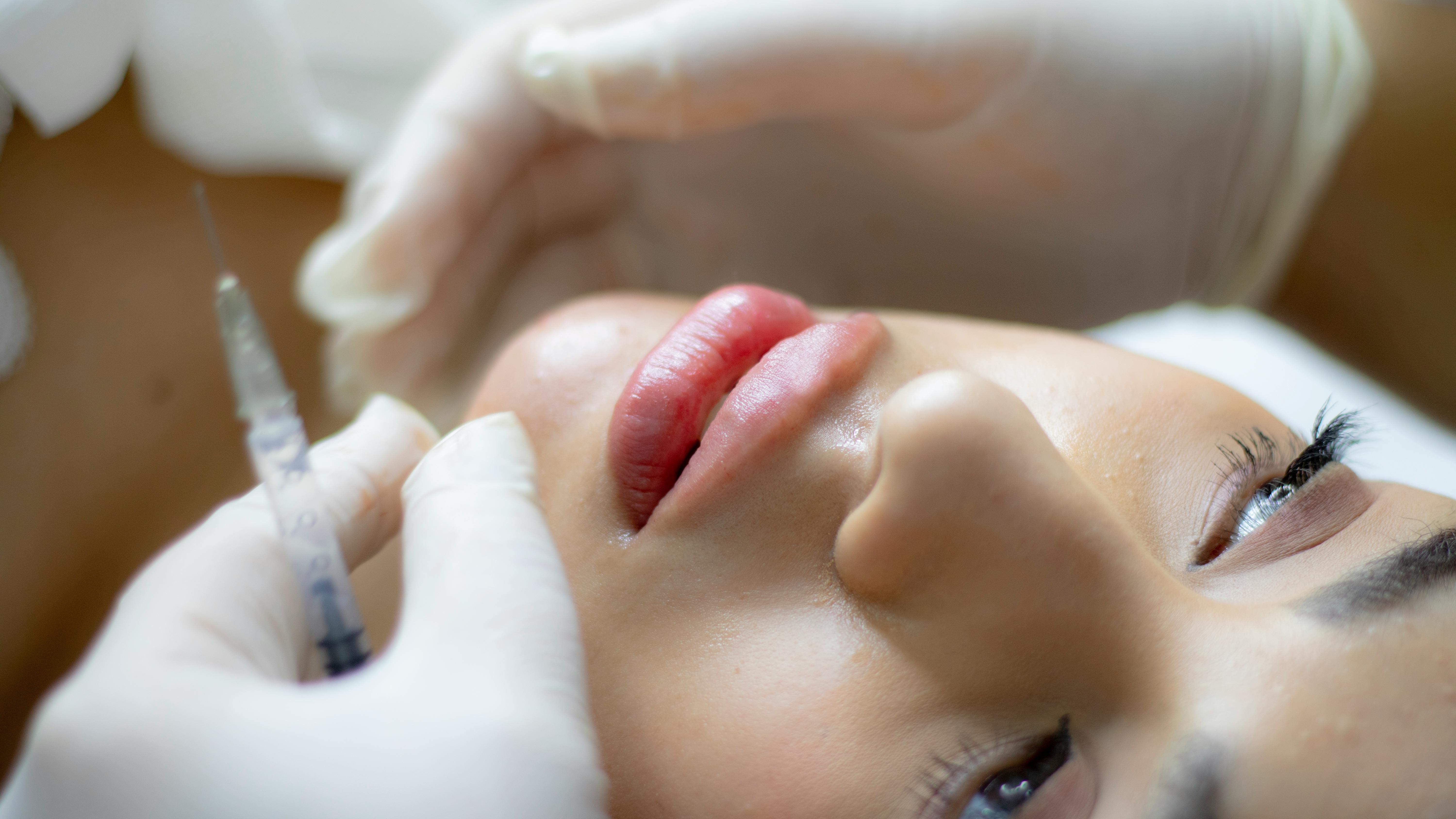
Under-eye fillers are most effective for individuals with hollowing or tear troughs, as well as those experiencing volume loss due to aging or genetics. If your dark circles are caused by shadows rather than pigmentation, fillers can help by restoring volume and reducing the appearance of tiredness.
However, they may not be suitable for everyone. You should reconsider under-eye fillers if you have:
- Severe under-eye puffiness or prominent fat pads, as fillers can worsen swelling.
- Dark circles caused by hyperpigmentation, since fillers don’t address skin discoloration.
- Certain medical conditions or allergies to filler ingredients, which could lead to adverse reactions.
What are the benefits of an under-eye filler?
Under-eye fillers have gained widespread approval as a non-surgical solution for rejuvenating the under-eye area. Their popularity stems from their minimal risks and immediate results, making them an attractive alternative to surgical procedures like lower eyelid surgery (blepharoplasty).
Here’s how fillers help:
- Restore lost volume: Aging leads to fat loss under the eyes, creating a sunken, tired appearance. Fillers replenish this volume for a refreshed look.
- Reduce dark circles and shadowing: By filling in hollows, fillers minimize the shadows that contribute to dark circles.
- Hydrate and smooth the skin: Hyaluronic acid (HA) fillers attract moisture, plumping the skin and reducing the appearance of fine lines.
- Instant results with minimal downtime: Unlike surgery, under-eye fillers require no incisions and offer immediate improvements with little recovery time.
Step-by-step breakdown of the under-eye filler process
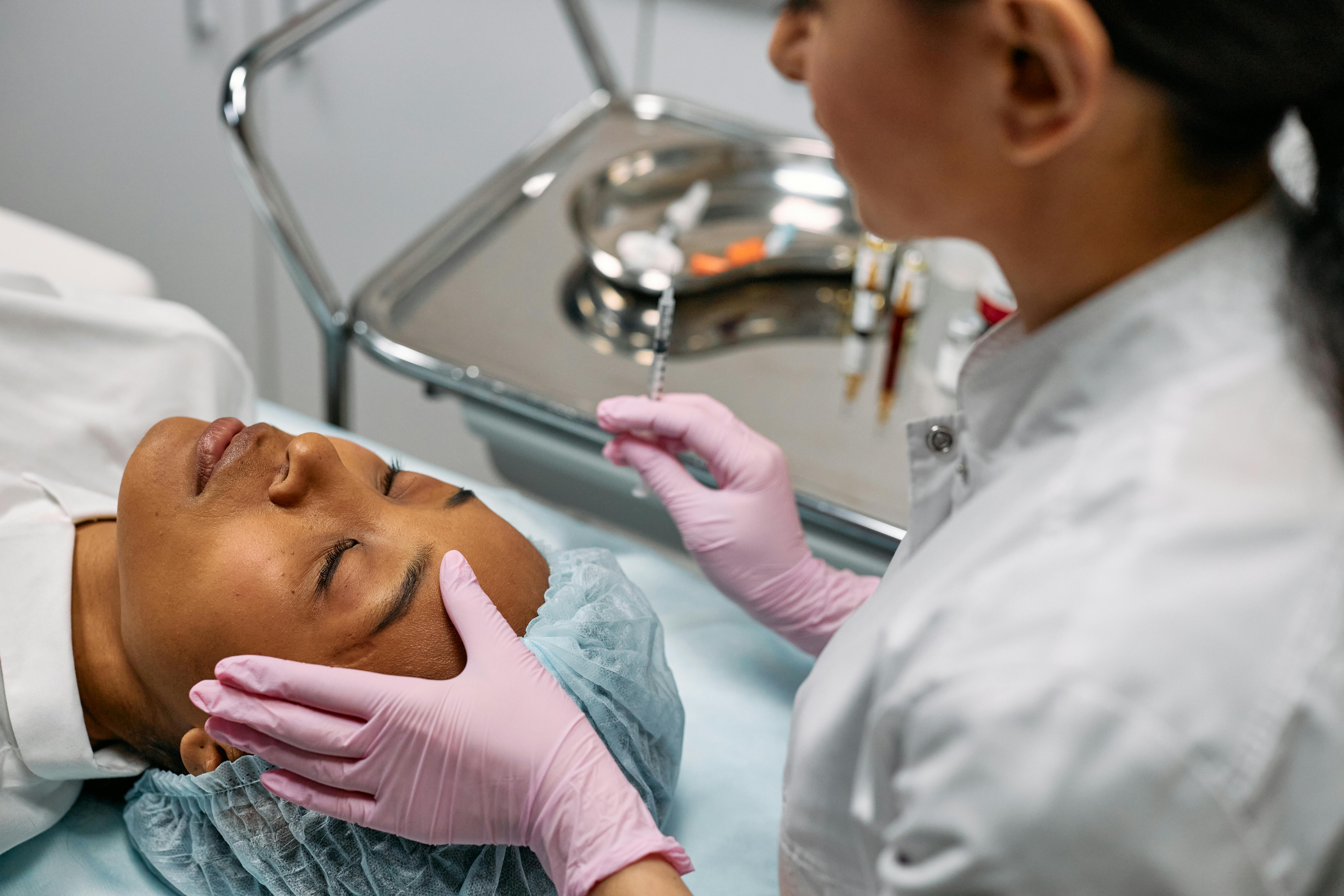
Here’s a step-by-step breakdown of the under-eye filler process:
- Consultation – A board-certified dermatologist or plastic surgeon will assess your under-eye area, discuss your goals, and recommend the best filler for you.
- Pre-Treatment Care – To reduce bruising and swelling, avoid:
- Blood-thinning medications (e.g., aspirin, ibuprofen).
- Supplements like fish oil and vitamin E.
- Alcohol and caffeine before the procedure.
- Stay hydrated and ensure you get enough sleep beforehand.
3. Numbing – A topical numbing cream is applied to minimize discomfort.
4. Injection Process – A fine needle or cannula is used to inject the filler precisely into the under-eye area.
5. Massage & Shaping – The injector may massage the area gently to distribute the filler evenly.
6. Quick & Efficient – The entire procedure takes 15-30 minutes, with minimal downtime.
Potential side effects and aftercare for under-eye fillers
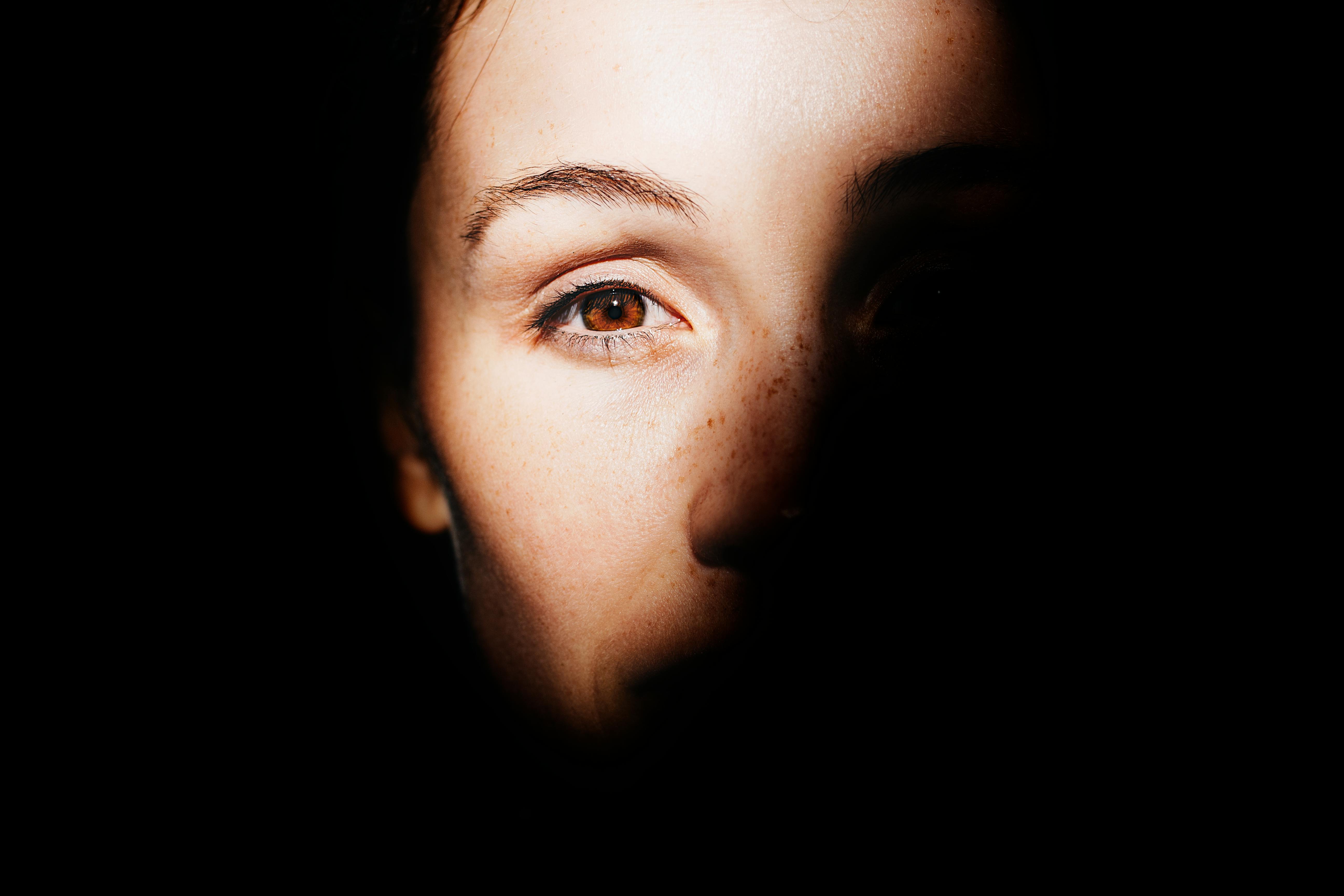
Possible side effects
While under-eye fillers are generally safe, some side effects may occur:
- Common & Temporary: Mild swelling, redness, bruising, and tenderness (usually subsides within a few days).
- Moderate Risks: Overfilling, lumps, a bluish tint (Tyndall effect), or filler migration.
- Rare but Serious: Vascular occlusion (a blocked blood vessel), which requires immediate medical attention.
Choosing a highly qualified injector significantly reduces these risks and ensures natural-looking results.
Post-Treatment Care
To ensure optimal results and minimize side effects:
- Apply a cold compress to reduce swelling and bruising.
- Avoid strenuous exercise, alcohol, and excessive sun exposure for 24-48 hours.
- Sleep with your head slightly elevated to prevent swelling.
- Do not touch or massage the treated area to prevent filler displacement.
- Follow up with your provider if you experience persistent discomfort or concerns.
How Long Do Under-Eye Fillers Last?
The longevity of under-eye fillers depends on the type of filler and individual factors like metabolism:
- Hyaluronic acid (HA) fillers typically last 6-18 months before gradually dissolving.
- Regular maintenance treatments can help prolong results.
- Good skincare & lifestyle habits (hydration, sunscreen, and a healthy diet) can extend the effect.
Alternatives to consider
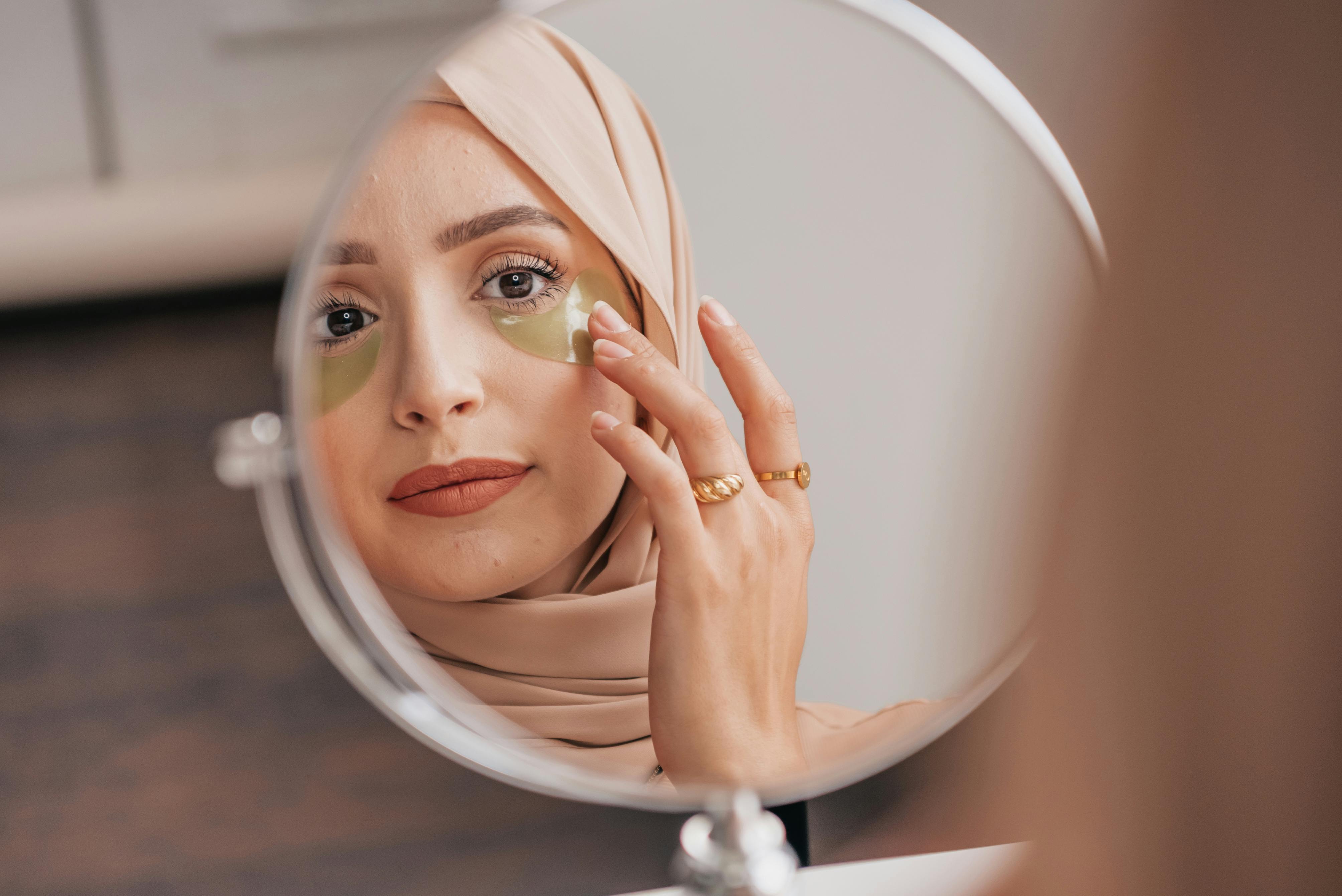
If you’re not ready for fillers, there are several effective alternatives to improve under-eye concerns:
Topical Treatments
- Retinol: Boosts collagen production and smooths fine lines.
- Vitamin C: Brightens the under-eye area and reduces pigmentation.
- Peptides: Strengthens the skin barrier and enhances elasticity.
- Caffeine-based creams: Temporarily reduce puffiness and improve circulation.
Professional Non-Invasive Treatments
- Fractional Laser & Intense Pulsed Light (IPL): Stimulate collagen and reduce pigmentation.
- Radiofrequency (RF) Microneedling: Firms and tightens under-eye skin.
- Platelet-Rich Plasma (PRP) Therapy: Uses your blood’s growth factors to naturally rejuvenate the area.
Surgical Option for Long-Term Results
- Lower Eyelid Blepharoplasty: A surgical procedure that permanently corrects under-eye bags, hollows, and excess skin.
Under-eye fillers can be a transformative solution for those seeking a refreshed, youthful look. However, achieving natural results requires thorough research, a skilled provider, and realistic expectations. If you’re considering the treatment, consult a qualified professional to determine the best approach for your unique needs.
Featured image: Ridofranz/iStock
For the latest in fashion, lifestyle, and culture, follow us on Instagram @StyleRave_
—Read also
A creative writer with a voracious appetite for fashion, beauty, lifestyle and culture. As one who's passionate about the advancement of the woman, creating content that inspire smart style and living, and positive lifestyle changes is a calling I take seriously. At Style Rave, we aim to inspire our readers by providing engaging content to not just entertain but to inform and empower you as you ASPIRE to become more stylish, live smarter and be healthier. Follow us on Instagram @StyleRave_ ♥



